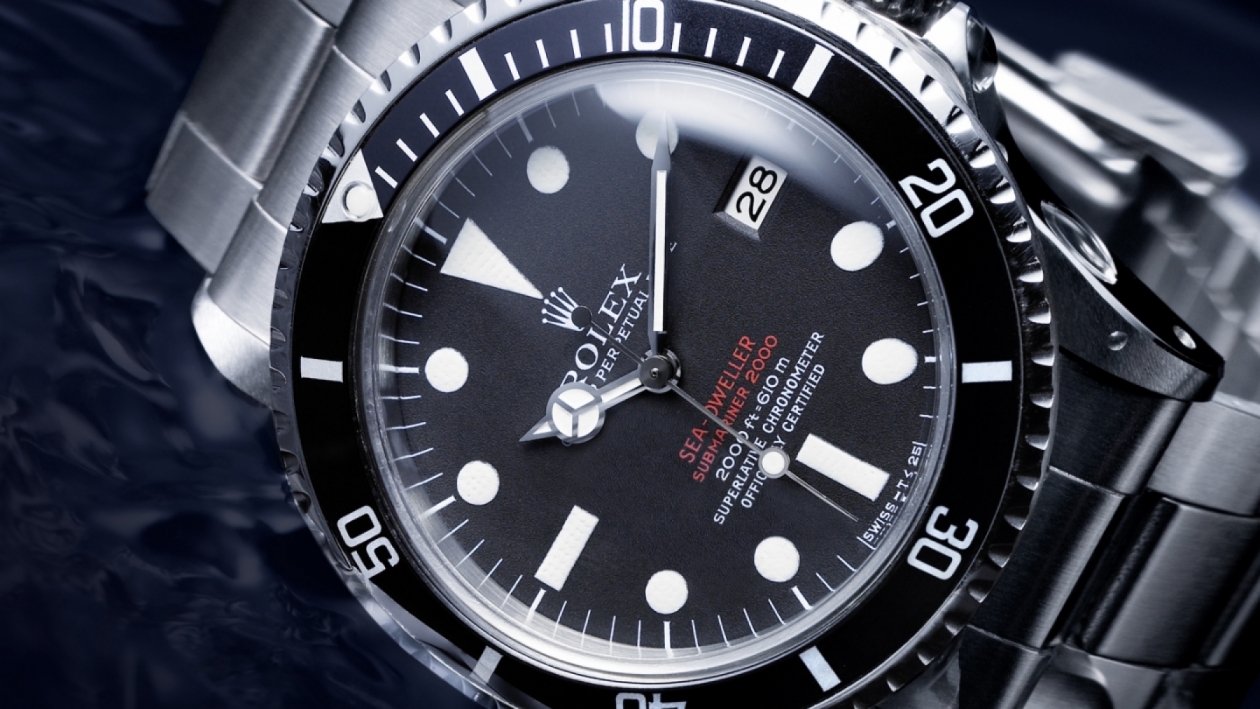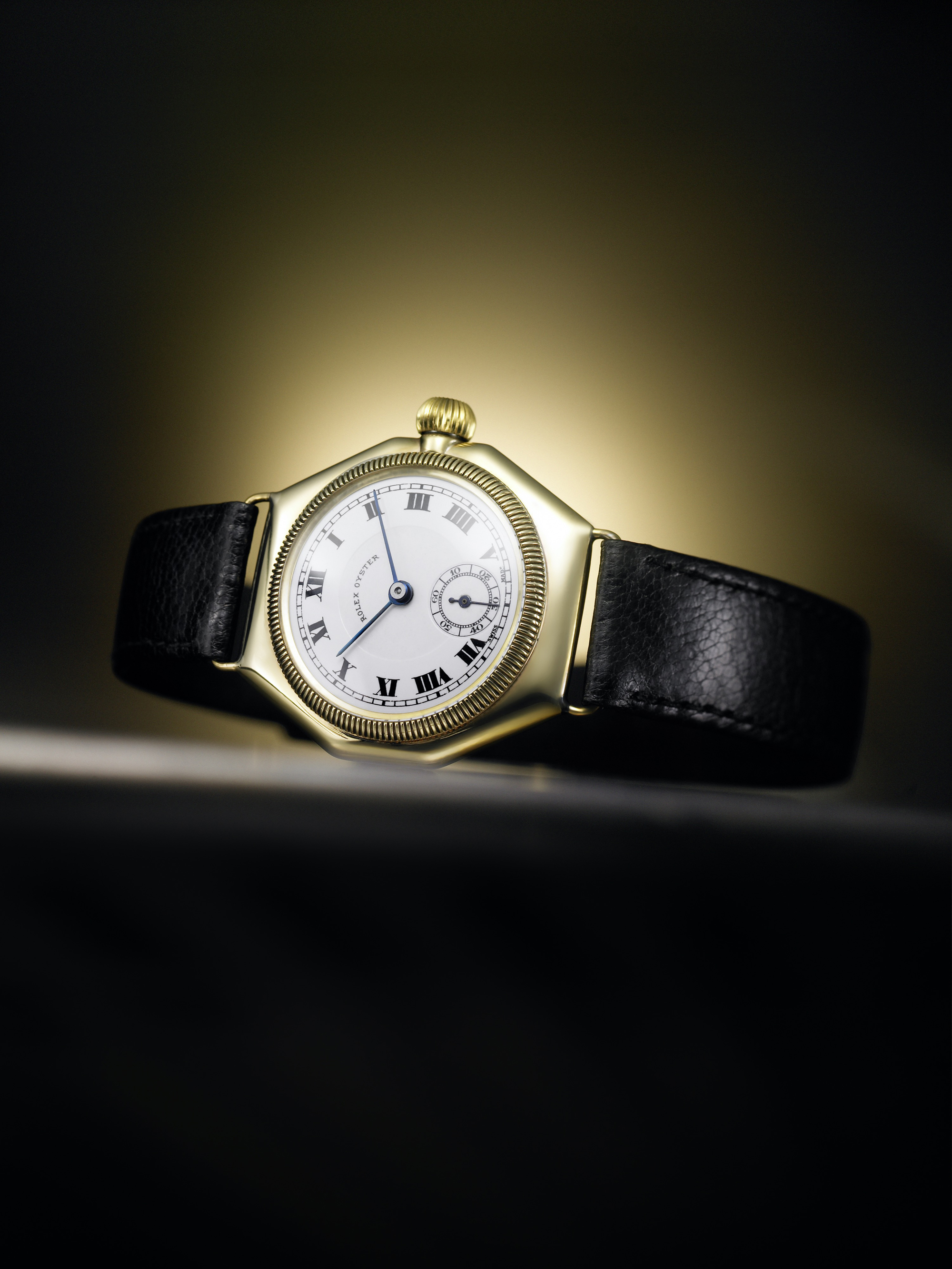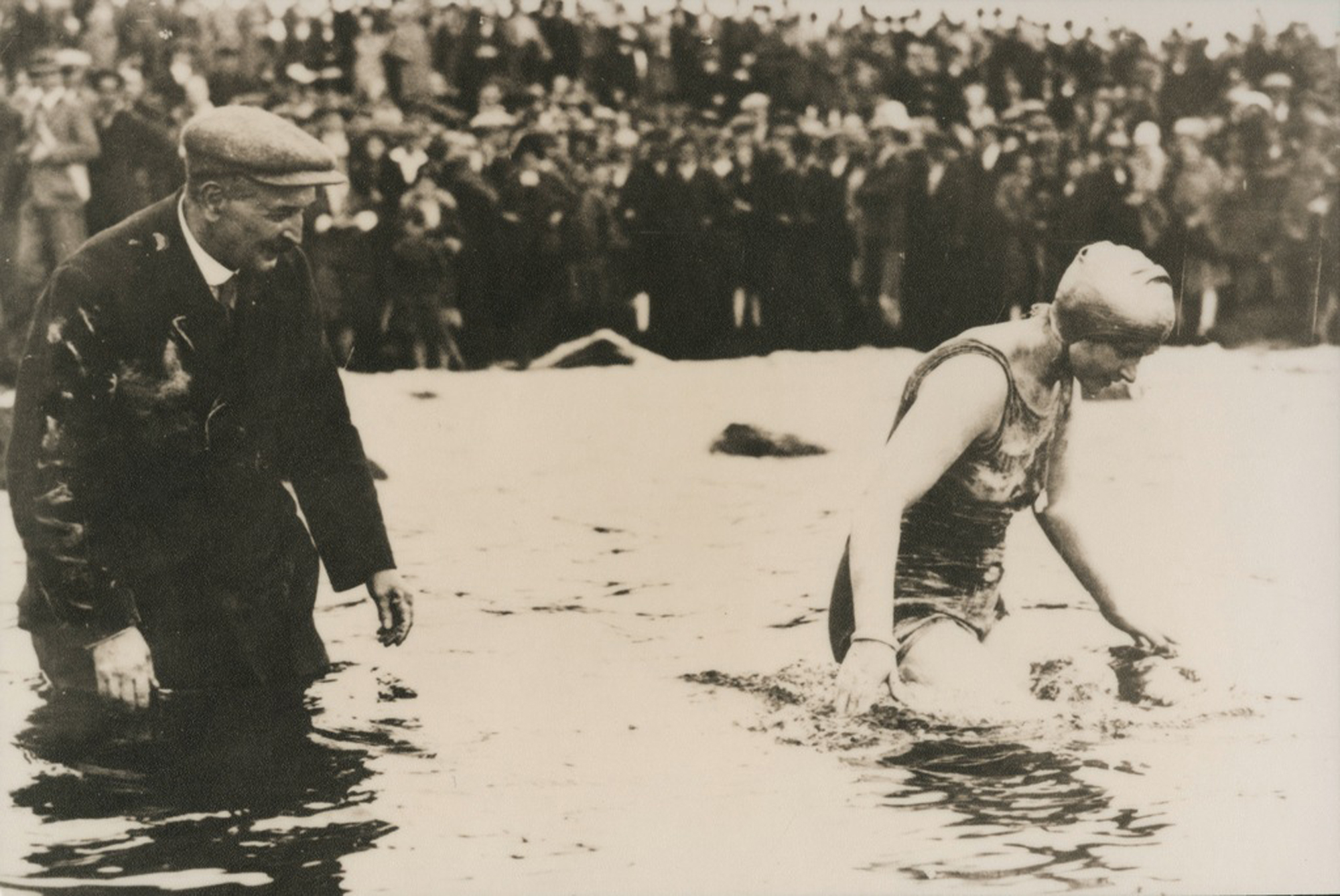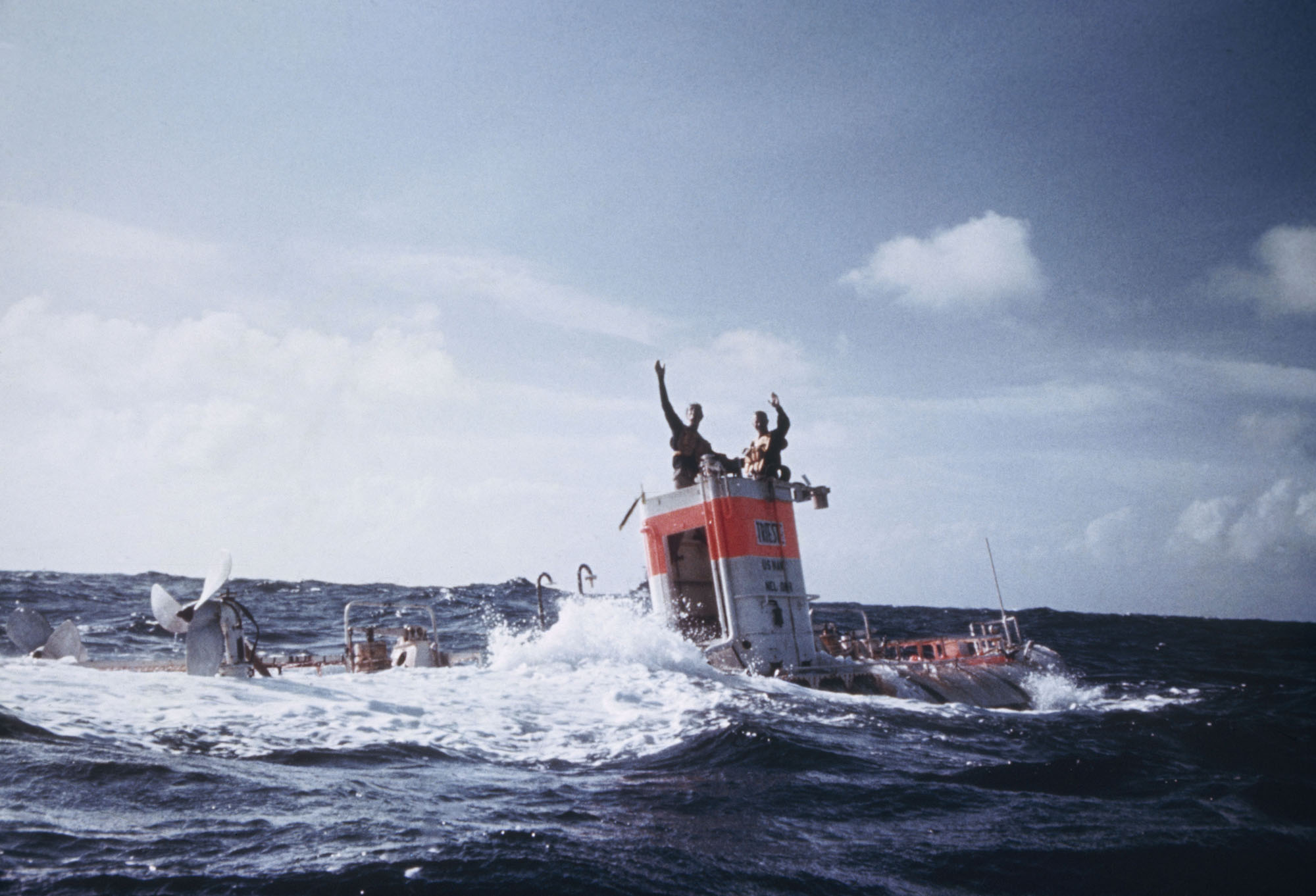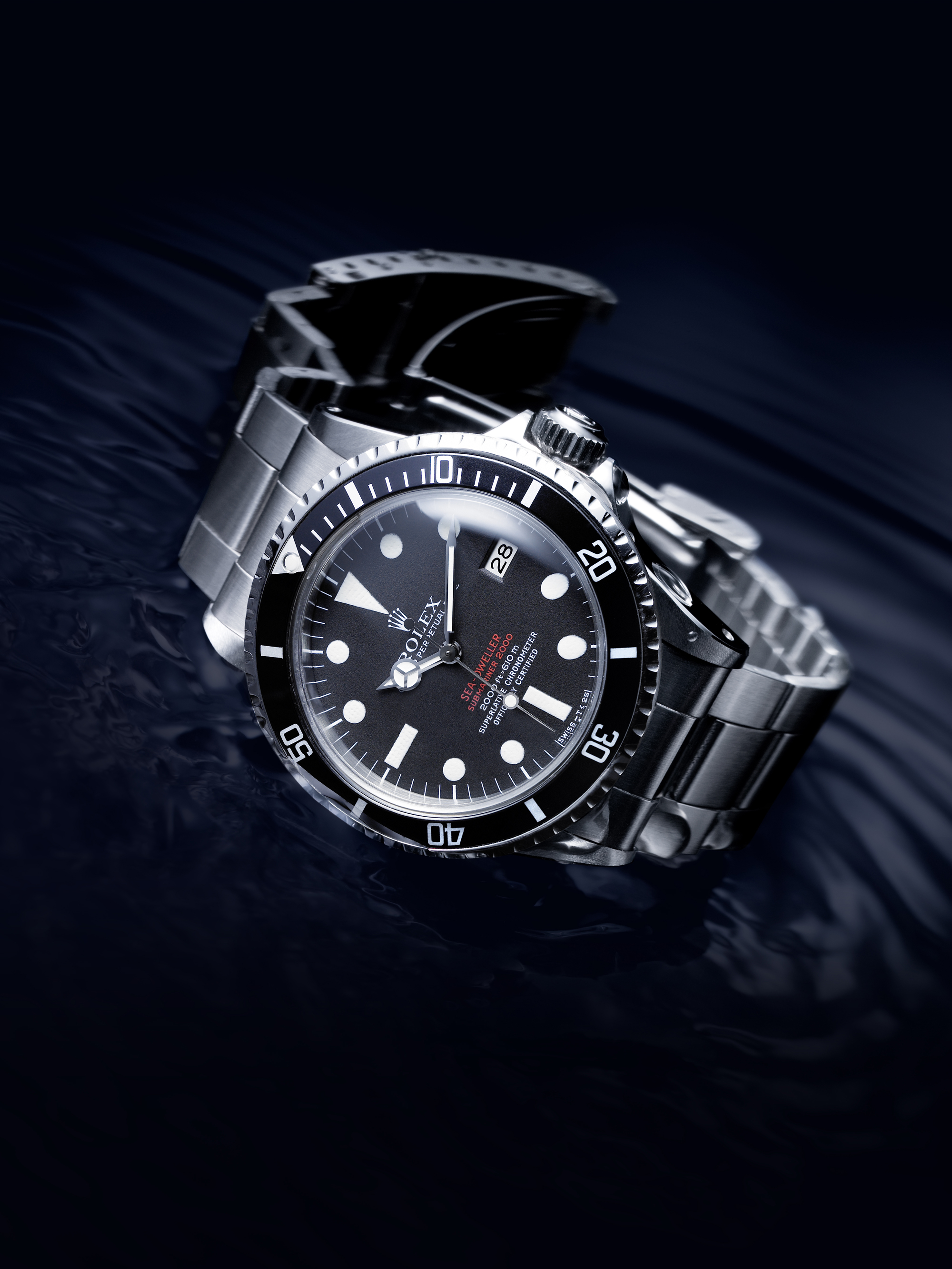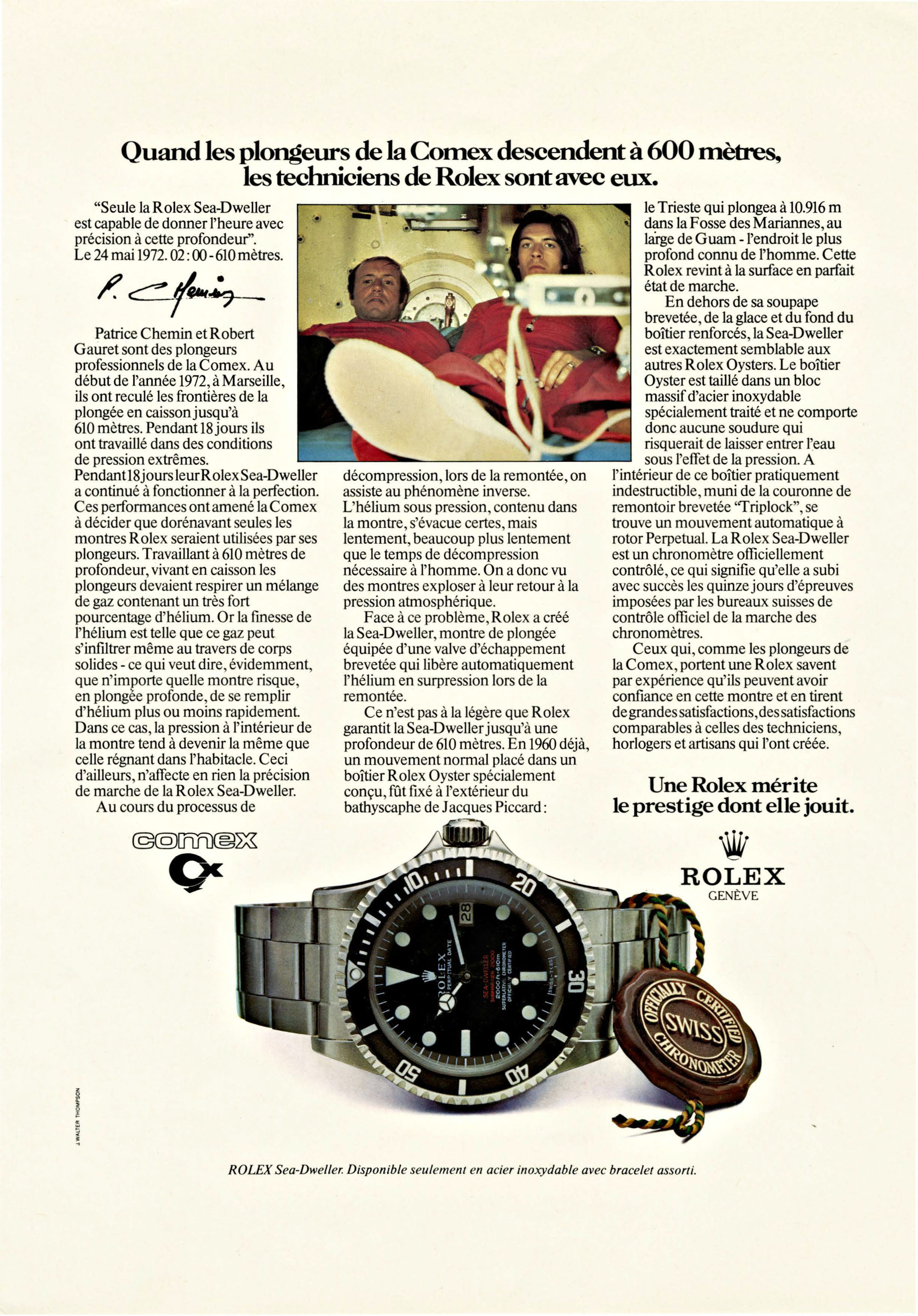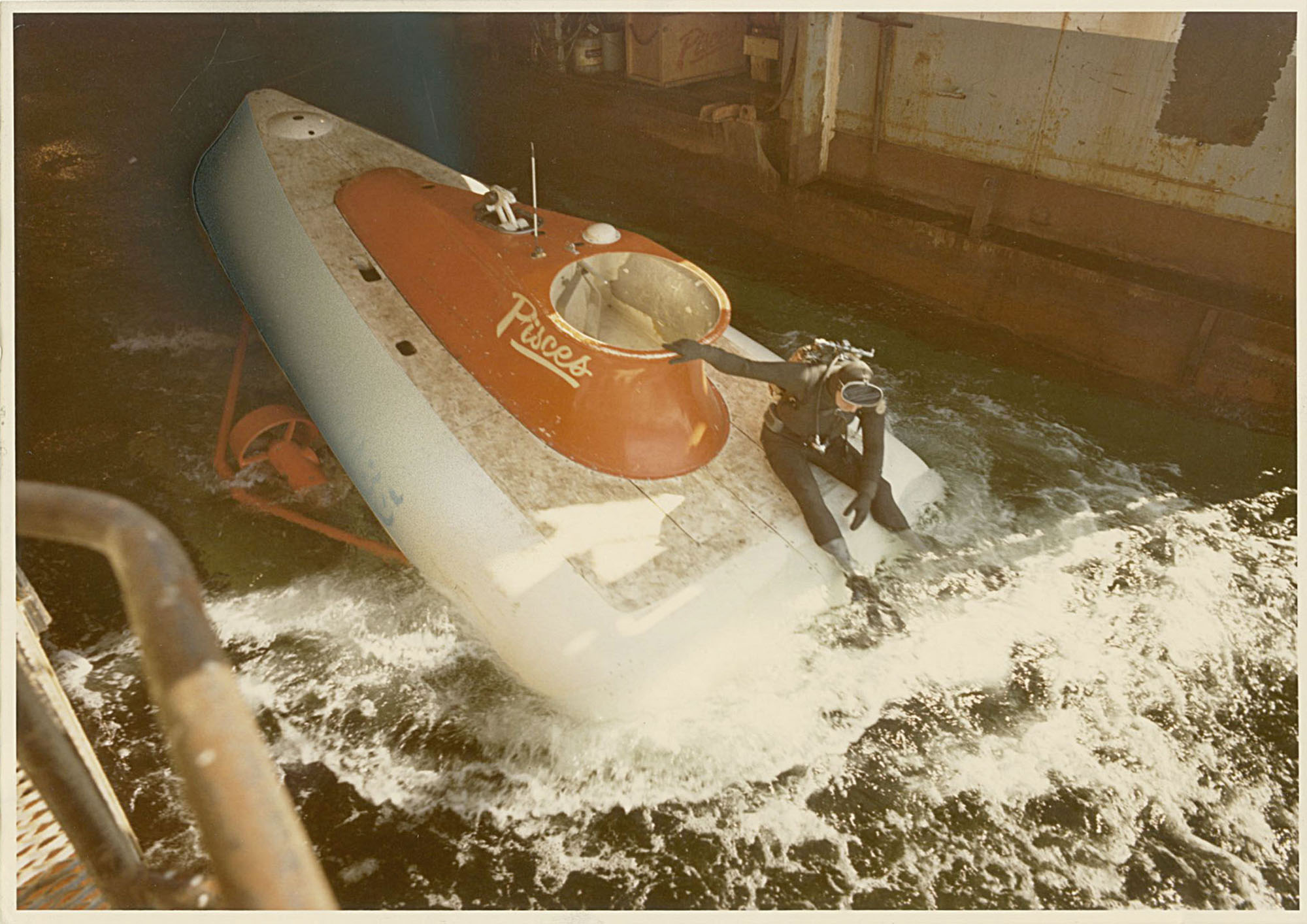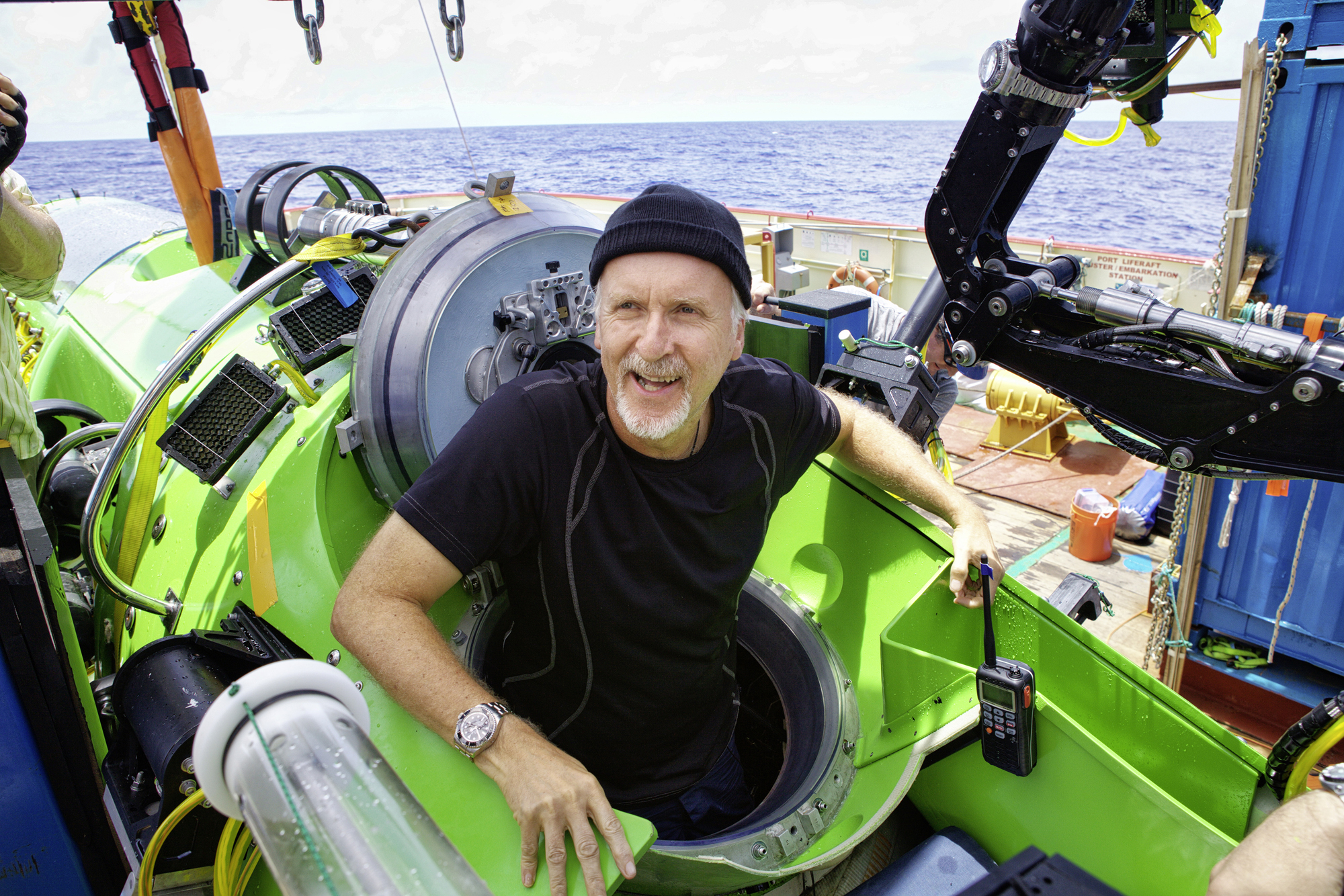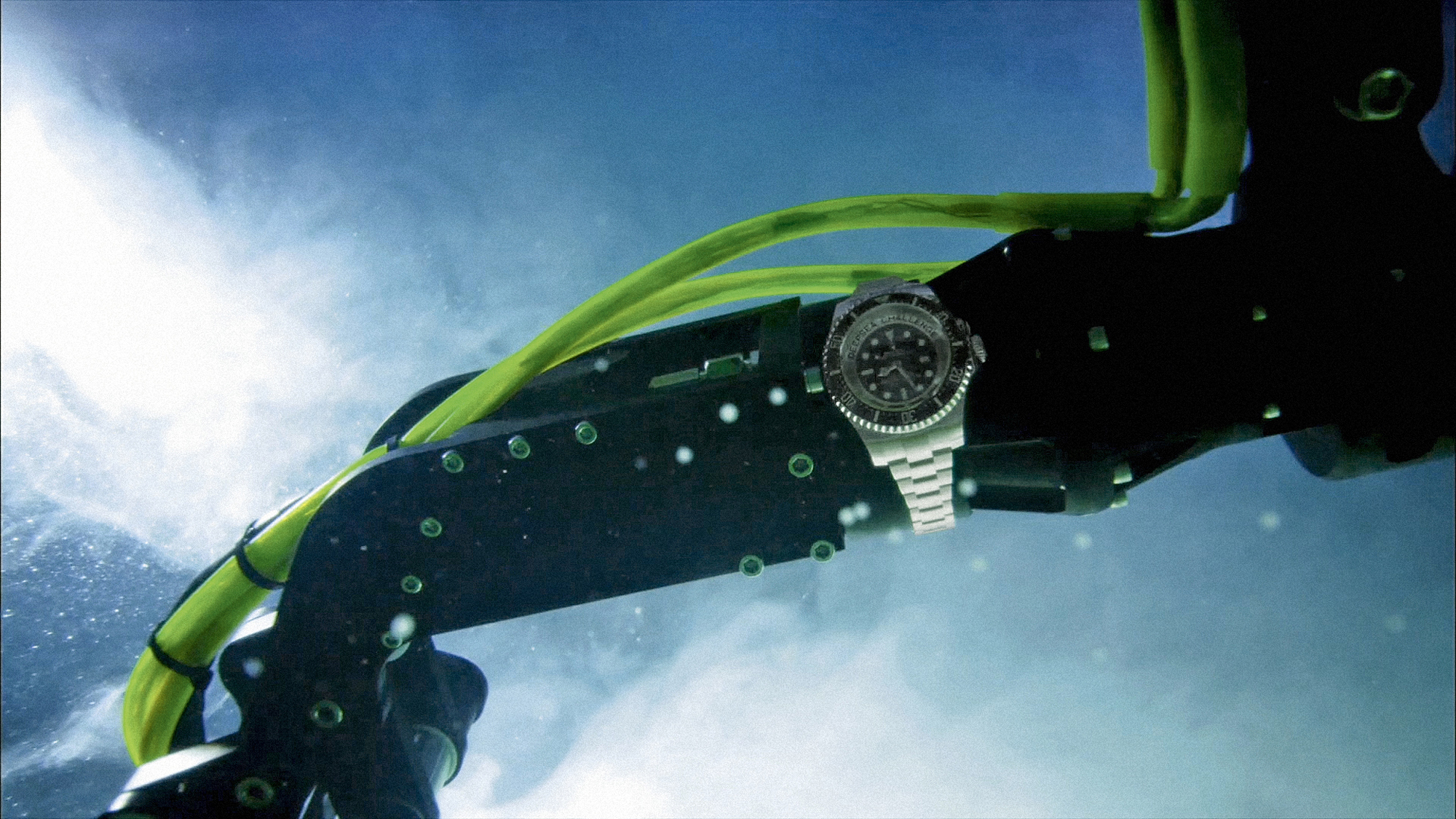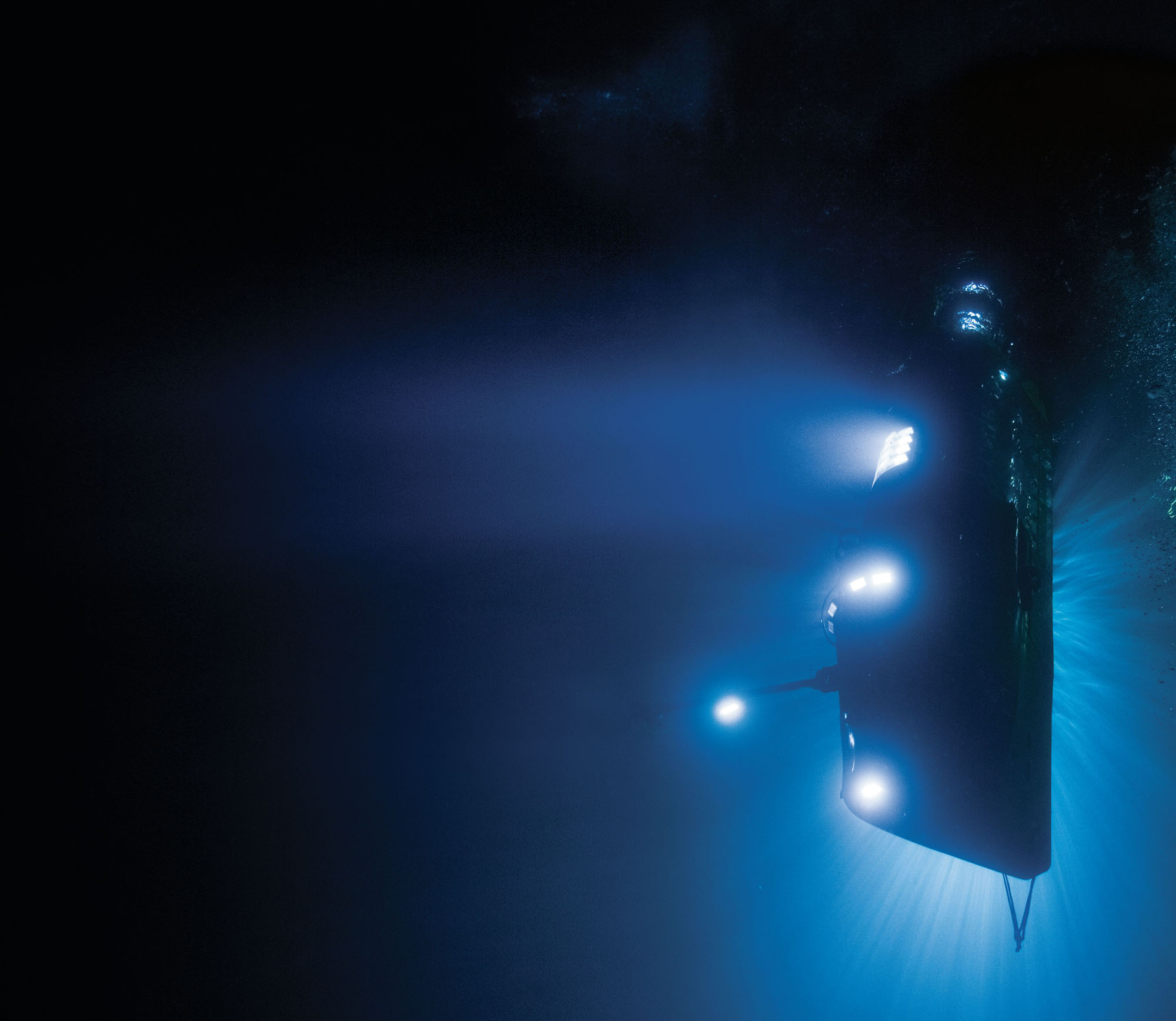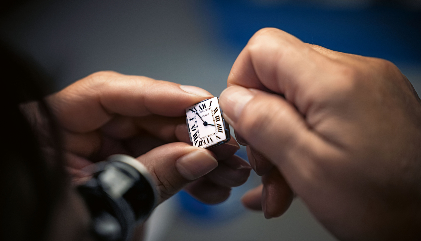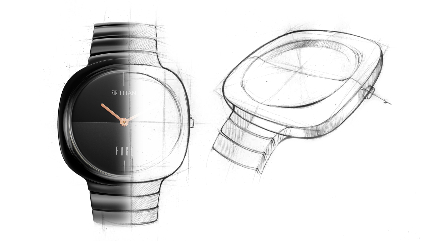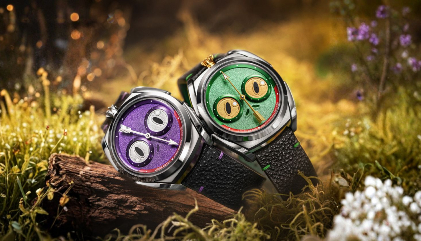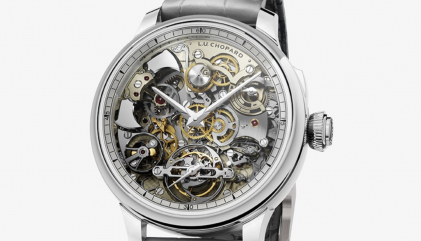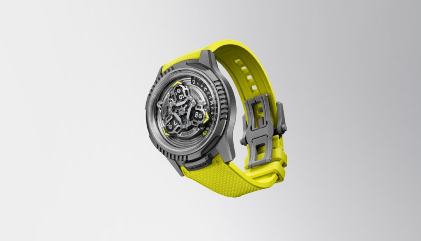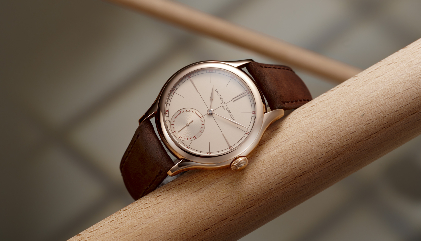Before the world discovered wristwatches, the pocket watch was one of the most common and practical way for people to tell time. This was most prevalent during the beginning of the 20th century. As time went on, one could notice that there was a gradual change in the way people were living their lives. From being more active in sporting events to the rise in the popularity of outdoor activities led to the understanding that pocket watches were not practical enough for such pursuits.
One of the first people to notice this change was Hans Wilsdorf who was then working for a watch company in La Chaux-de-Fonds. His observation led him to create watches that were to be worn on the wrist. However, Wilsdorf was struggling to find a way to protect his “wrist watches” from dust and moisture which when found inside the case could cause clogging and oxidisation. In a letter in 1914, he spoke of his intentions to Aegler, the firm in Bienne which would later become the Manufacture des Montres Rolex S.A.: “We must find a way to create a waterproof wristwatch.”
This led to the launch of the Submarine by Rolex in 1922. Here was a watch that was attached on a hing inside a second, outer case with screwed down bezel and crystal that ensured the watch was watertight. Therefore, to access the crown for setting the time and winding the watch, the outer case of the Submarine had to be opened. Despite the challenges faced by Wilsdorf in launching the Submarine, it also marked the enterprising man's first step in creating a completely sealed watch case.
Four years later in 1926, the now popular Rolex Oyster case was patented. This featured a system of screwing down the bezel, case back and winding crown against the middle case. This ensured that the watch was sealed hence protecting the watch from harmful elements from outside. The name “Oyster” was chosen by Wilsdorf himself who compared the newly developed case to that of an Oyster which could remain underwater for an unlimited amount of time with harming its parts. The release of the Oyster case is notably one of the most important breakthrough of the watch industry.
To promote the “watreproofness” of the Oyster, Hans Wilsdorf approached Mercedes Gleitze – a young secretary from Brigton, England – who was preparing to swim across the English Channel. Wilsdorf asked her to carry an Oyster with her for the expedition to showcase the exceptional quality of the watch. After Gleitze's challenging swim across the English Channel that made her the first British woman to ever achieve this, The Times newspaper reported that Gleitze “carried a small gold watch, which was found [...] to have kept good time throughout.”
Next up, Rolex continued keeping up with the changing times by kicking off its design and development program in creating new deep-sea diving professional watches. This led to the birth of the Submariner in 1953. The Rolex Submariner was one of the first professional divers watch that guaranteed water-proof to a depth of 100 meters. It featured a rotatable bezel with a graduated insert that helped divers in monitoring their time spent underwater. For the Submariner, the Oyster case was updated with a new screw-down winding crown with a Twinlock system that secured the timepiece. By 1970, Rolex had introduced a third sealing zone and thus was born the Triplock winding crown. For additional use, the watch housed hands and hour markers that were coated with luminescent material.
Gradually the Rolex Submariner made technical advances by introducing timepieces in the collection that clocked in a water resistant of 200 meters in 1954 and 300 meters in 1989. The Submariner with a date display was introduced in 1969. This then went on to become waterproof to a depth of 300 meters by 1979. Apart from evolving its Submariner collection, Rolex also started this tradition of becoming the first brand that accompanied exceptional individuals in their different expeditions. This was mainly done to test the reliability of its timepieces but it also became a vibrant place to garner feedback on the said timepiece once the mission was completed.
Rolex has worked with many explorers and adventurers. For the Submariner, Rolex partnered with French underwater photographer, engineer and explorer Dimitri Rebikoff. With Rebikoff the watch was tested over five months, 132 dives with a depth of between 12 and 60 meters. After his expedition, Rebikoff's report but nothing but satisfactory. He said, “We are able to confirm that this watch has not only given entire satisfaction in diving conditions which were extremely tough and particularly dangerous for the material used, but that it has proved an indispensable accessory for all diving with independent equipment.”
Other than this, Rolex also participated in certain sub-aquatic projects and expeditions. In 1960, the brand associated with Swiss oceanographer Jacques Piccard and U.S Navy Lieutenant Don Walsh. They got on board the bathyscaphe Trieste and achieved a massive feat of descending to the deepest part of the ocean- the Marianna Trench in the Pacific Ocean. During the descend, the submersible was fixed with the Rolex Deep Sea special timepiece on the outside. Together they accompanied each other to the extreme depth of 10,916 meters. During this time the Deep Sea Special was found to keep perfect time after eight and half hours under the sea. This validated the legitimacy of Rolex's deep sea watches.
By the 1960s, development of techniques that made extensive dives possible to greater depths was abound. One of these methods was called “saturation” diving. This was done with the divers used a special mix of breathing gases with a high helium content that made it possible for divers to stay under water for days or even weeks without the toxic effects caused on the human body due to the pressure at great depths. This process also involved divers to be kept in an environment of pressure that was equal to that of the water at the working depth. While this process took place, the divers were made to stay at a time in a pressurised habit like a hyperbaric chamber for several days and weeks. During this time, the watches worn by the divers were gradually filling with helium whose tiny atoms made their way through the waterproof seals of the watch. Hence during decompression, the helium trapped inside the watch created a pressure that was not in line with the pressure in the chamber. This difference in pressure would easily lead to damage to the watch or force the crystal out of the case.
To solve this particular problem, Rolex came up with the idea of the helium escape valve (patented by Rolex in 1967). This was a safety valve that was included in the watch which when would automatically get activated when the pressure inside the case would be too high, therefore, ensuring the surplus gas to escape. Rolex then introduced the Sea-Dweller the same year that guaranteed waterproofness to 610 meters and 122o meters. It was also equipped with a helium escape valve and made for an ideal tool to go diving with.
Like before, Rolex was then a part of the tool kit of many saturation divers, explorers and pioneers of the deep sea. From an underwater habitat project with Tektite in 1969 and Tektite II with Slyvia Earle (a Rolex testimonee since 1962) in 1970 to a partnership with HYCO (International Hydrodynamics Company) in 1967, Rolex became a partner to underwater expeditions conducted during that time. By 1971 Rolex had formalised its partnership with COMEX ( Compagnie Maritime d’Expertises) – French engineering firm based in Marseilles. They had agreed to equip its divers with Rolex watches and bring back reports on its performance.
Despite the success Rolex has received in its divers watches, it has never stopped the wheel from turning when it comes to research and development of its timepieces. 2008 saw the brand release the Rolex DeepSea with a patented case structure (the Ringlock system) that enabled the case of the watch to withstand pressure at a depth of 3900 metres. What also made this particular watch so technically special was the unidirectional bezel that was fitted with 60-minute graduated black Cerachrom insert that allowed the divers to safely monitor the time they have spent underwater.
Rolex also initiated the use of Chromalight display that provided utmost legibility. All of this led to the inception of the Rolex Deepsea Challenge. This featured an experimental diver's watch that was attached to a manipulator arm of the submersible piloted by none other than James Cameron. He and the watch descended to the place last visited by Jacques Piccard and Don Walsh in 1960– the Marianna Trench.
What's Happening Now:
With so much history and technical innovation pushing the Rolex dive watches forward, it comes as no surprise that the brand inches forward with no brakes. For 2020, Rolex introduced the new generation of its Oyster Perpetual Submariner and Oyster Perpetual Submariner Date. Redesigned with a slightly larger case and a broader bracelet, the new watches stays true to its original aesthetic. The only change; it is the first time that the date function has been added to the Submariner range. A change we have all welcomed wholeheartedly!





